The Best Foreign Horror Films
Audition (1999) – Japan
If the uninitiated viewer were to watch the first thirty minutes of Audition, they may believe they have walked into the wrong screening. An aging widower, encouraged by his son and best friend, auditioning women for the role of his new wife appears to be a plotline more akin to style of Meet The Parents rather than Misery. There are no ghosts, no vampires and no zombies; just a man desperately in love, a mysterious shy girl, oh, and a wire saw.
Many victims’ memories (and I do stress that your soul will feel violated) of Audition always begin with one particularly infamous scene. To its credit, there are few horror set-pieces that have ever proven so difficult to watch, but Audition is more than just an hour and a half of build up to a relentless climax; it is a masterpiece of psychosexual tension, carefully crafted, minute by unsettling minute, to drive the needle further beneath your eye.
Edward Halliday
Funny Games (1997) – Austria
At first, Michael Haneke’s Funny Games appears to be a fairly standard slasher about an idyllic German family and two sociopathic home invaders. What quickly emerges is a complex examination of the entire horror genre and a study into audience complicity, as the killers break the fourth wall to actively engage the viewers themselves. Whether it be winking at the camera following a murder, telling the family their ordeal will continue because the film hasn’t reached feature length and one infamous use of the rewind function on a remote, the film both acknowledges and subverts typical horror movie tropes and becomes all the more terrifying for it. Even to this day I’m not sure what I find more chilling; the idea of a killer aware he’s in a movie, who can play with the rules, or how the film makes me feel for enjoying the concept of consumable murder.
Tom Lawton
A Tale of Two Sisters (2004) – South Korea
Inspired by an ancient Korean folktale, A Tale of Two Sisters tells the story of two young girls, their father and their despised stepmother, who they blame for strange-goings on in their home. This film has the big horror three: creepy girls, hallucinations and a house with hallways. It’s heavily psychological and clues are scattered in a way so that you won’t fully understand the film until the end, and even then it’s puzzling. It’s genuinely frightening, full of gripping jump scares, gore, violence and disturbing revelations which will have you avoiding opening doors, looking round corners and generally being alone. I’d recommend this to any fan of Asian horror and to anyone who wants their terror with a little more drama and complexity. Director Kim Jee-Woon did a great job in creating a haunting atmosphere that disorients the audience, so you’ve got to be attentive during the whole thing – no hiding behind your hands!
Tanika Patel
Faust (1926) – Germany
Often overshadowed by his more influential Nosferatu, Murnau’s last German film eclipses all of his previous works. Whilst the film takes it’s name from the German folk tale and does draw inspiration from various re-interpretations, Murnau’s vision is unique, combining into the story Gothic visuals and visions of plague, death, and famine. One of the most spectacular visual effects is that of the four horsemen of the apocalypse riding to victory in the night sky. Emil Jannings, performing the role of the demon Mephistopheles, turns in a terrifying performance, adding over-the-top theatrical antics and sinister broodings that lacked from previous incarnations. However, the one thing that Murnau never lacked in his films- and it’s most obvious here- is emotion. Silent cinema has a reputation of lacking emotion, but Murnau puts all of his characters through the ringer. You genuinely feel for them. Simply put: it’s a masterpiece to rival all other silents.
Andrew Sztehlo
Let The Right One In (2008) – Sweden
Let the Right One In directed by Tomas Alfredson is one of the greatest horror films ever made. It is a vampire film but does not even remotely resemble another feature in this genre. It creates a gradually building sense of tension, dread and loneliness that remains with the viewer for weeks. This Swedish horror film follows a young boy named Oskar who falls in love with a girl his age that turns out to be a vampire. It is undeniably grim and uncompromising in its depiction of childhood loneliness, parental neglect and bullying all set in a world where every warm or hopeful colour has been drained from the palette. However, the relationship it depicts between two twelve-year olds is oddly touching and stops the film’s cold and depressing atmosphere from keeping the viewer at a distance. These two elements combine to create a brutal and fearless movie that is always involving and emotionally poignant.
Matthew Kent
Lake Mungo (2008) – Australia
Lake Mungo is of that refreshing breed, a horror mockumentary that is genuinely terrifying. Set in Australia, it follows the Palmers as they are haunted by the ghost of their dead daughter. The whole family begins to unravel and a pair of excellent plot twists at the end make for a compelling story.
What makes Lake Mungo truly scary, however, is how it deals with emotions. This is not a vengeful ghost trying to kill everyone. It is a lost spirit, leaving disturbing messages and unravelling the supposed normalcy of a suburban household. Extramarital affairs, a self-harming teenager, and a fraudulent money-grabbing psychic are just some of the very human stories that come to the forefront. Ghostly Teresa Palmer is not the scary one. It is the secrets and the actions of her loved ones, and how her return jars them into action. Riveting stuff.
Ibtisam Ahmed
Cronos (1993) – Mexico
Cronos is a bloodthirsty film that truly creeps under your skin. One of Guillermo del Toro’s early films, this is a vampire flick with a difference. Set in del Toro’s native Mexico, Cronos follows the story of the unwitting discovery of a mechanical device, which (somewhat violently) gives eternal life, by an elderly antiques dealer. Tensions rise, however, as our OAP-hero is pursued by the henchmen of a ruthless, dying businessman, who craves immortality. While the film’s special effects are somewhat creaky, Cronos does not lack del Toro’s brilliant, cogitative style of story telling. The vampirism that arises from the film’s mysterious, spider-like machine is not your pretty, sparkly bloodsuckers of today, but something more diabolical and accursed. Immortality is no gift, but rather a monstrous burden which demands a heavy price. Cronos is by turns an action and a psychological thriller, and a perfect film to sink your teeth into this Halloween.
Alexandra Ricou
Irreversible (2002) – France
Irreversible is not perhaps the most typical ‘horror’ film, but displays an alternate sense of horror in a more realistic and therefore unsettling way. The film in concept appears to be a standard take on the revenge thriller genre, the narrative follows Marcus (Vincent Cassel) as he searches for the rapist who assaulted his girlfriend, Alex (Monica Bellucci), and is full of pulp elements such as realistic brutality, and deeply upsetting and prolonged sexual violence. However, Irreversible manages to side-step the potential pitfalls of including such typically off putting content with a thought provoking message.
The reverse chronology of the narrative creates a binary between the temporal beginning and end of the film. The juxtaposition between the romance that is blossoming between central characters Marcus and Alex, and the impending violence that will tear the pair apart is all the more crushing after we have seen it. The result is a deeply terrifying analysis of the way in which life can destruct in the space of a few hours, adhering to the films nihilistic tag-line, ‘Time destroys everything.’
Chris Owen
Pulse (2001) – Japan
If David Lynch had a dream that less-is-more horror producer Val Lewton hired modern malaise auteur Michelangelo Antonioni to write an early aughts, haunted technology J-horror flick, then Kiyoshi Kurosawa’s Pulse would be the anxiety-ridden, crushingly lonely result. Almost a decade before The Social Network observed the social disconnect of the information age, this exceptionally restrained, post-Y2K techno-horror film tackles the subject with an apocalyptic sense of despair. With its stuttering imagery and patient pacing, Pulse quietly buries itself under your skin and leaves you questioning whether you can ever truly be close to another person or if we’re all ultimately alone in life – with our fellow human beings remaining as far beyond our grasp as this film’s unfathomable plot.
A film brimming with existential dread, Pulse manages to tap into a vague but very modern feeling of widespread unease. Our technology may have moved on from the dial-up modems of yore but it’s this same progression which renders the film’s sad message all the more relevant and makes its ghosts seem all the more real. Anyone who regularly loses hours of their day to aimless link-clicking will find in this film a whole new way to be afraid.
David Pountain
Nosferatu (1922) – Germany
While it may not jump out at us or disgust us in the way that skilful modern horrors do, but F.W. Murnau’s iconic silent – the original film adaptation of Bram Stoker’s Dracula – is a timeless reminder of the techniques of suspense and subtlety that are too often forgotten in the ‘torture porn’ era. The iconic scene in which Count Orlok’s shadow ascends the staircase to Ellen’s room remains a masterclass in building tension towards a horrific event – the increasingly loud and unsettling music mimicking the vampire’s ominous footsteps towards Ellen’s door; her petrified face as she backs away hopelessly from the oncoming monster; the shadow of Orlok’s long, clawed fingers creeping up agonisingly from the bottom of her white gown to her heart, darkening her image of purity and innocence before the terrible climax… In such unforgettable scenes were the fundamentals and conventions of a century’s horror cinema born.
Jacob Mier
Pan’s Labyrinth (2006) – Mexico/Spain
Pan’s Labyrinth isn’t exactly a horror, but blimey, it gives you a fright that makes your generic gore-fest pale in comparison. For anyone familiar with the film, the eponymous ‘pale man scene’ stands out as a terrifying highlight. An emaciated creature with eyes in his hands and a visceral appetite for young protagonist, Ofelia, the fantastical sequence makes clear parallels to the fascist dictators of our own universe. But for me, there is something else that makes this film truly scary viewing. The portrayal of the antagonist and Spanish dictator, Vidal, (played with a striking sadistic edge by Sergi López), is where the film truly earns its horror stripes. Vidal is a man utterly devoid of feeling; so desperate for a male heir he is indifferent toward his wife potential death during child birth. A man so masochistic he even relishes in stitching up his own severe facial wound. It’s nothing short of sickening but sure as hell has a lot to say about the dark side of human nature.
Daniel Cope
Diabolique (1995) – France
Involving one of the most bizarre plot twists of all time, Diabolique is bound to keep you guessing right until its final scene. Directed by Henri-Georges Clouzet, this film-noir horror tells the story of a conspiracy to murder a sadistic school headmaster by his wife and mistress. But when his body goes missing, and reports abound of the headmaster being seen around school, this is when things start to go really weird. Filmed in black-and-white, Diabolique can be a little dry for the modern viewer. It doesn’t try to scare you or impress you with scenes of violence and gore. With worthy comparisons to Hitchcock, it relies instead upon old-school suspense tactics to create its thrills, delivering something entirely more sinister and laced with subtext than your average horror movie. Just remember: once you’ve seen it, don’t tell anyone what happens at the end.
Redmond Bacon
[REC] (2007) – Spain
Co-written and directed by Jaume Balagueró and Paco Plaza, REC is filmed as found camera footage and has a distinctly handheld, lo-fi feel to it which makes the story even more terrifying. As reporter Angela Vidal and cameraman Pablo follow the local fireservice to an apartment building in Barcelona they soon find themselves trapped in the building following the outbreak of a strange disease that turns its victims into bloodthirsty savages. Contained within the building they have no choice but to film what is going on around them and hope they survive. The ‘shaky cam’ aspect adds to the sense of claustrophobia and entrapment and makes for one jumpy fright night experience! Don’t let the fact that its subtitled put you off, REC proves that a scream is the same in any language.
Jess Devine


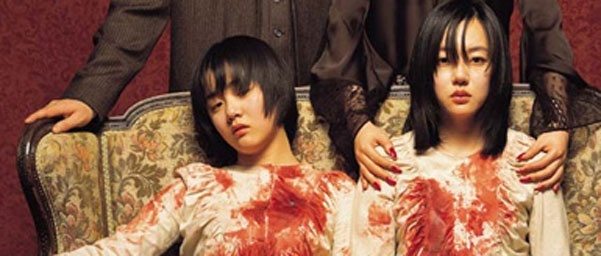
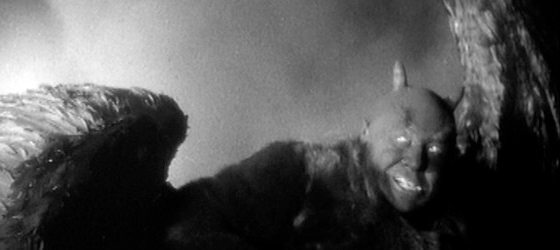

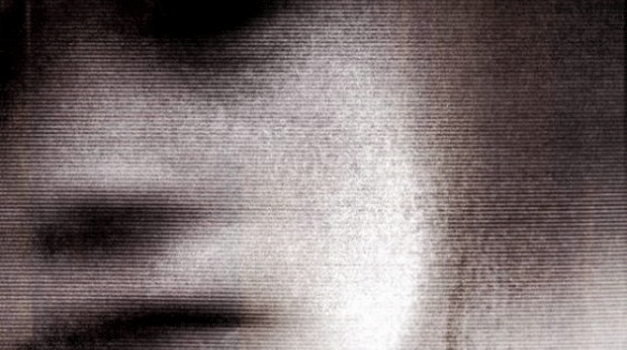

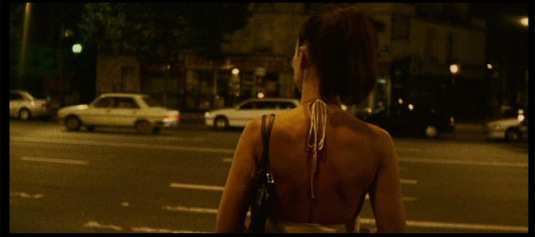
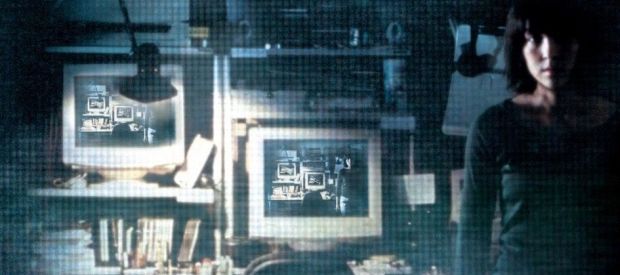

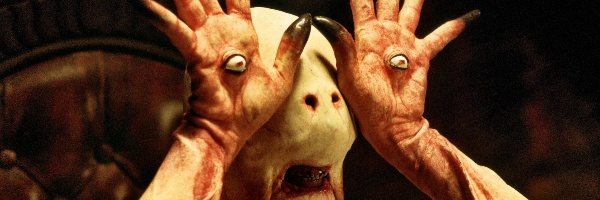
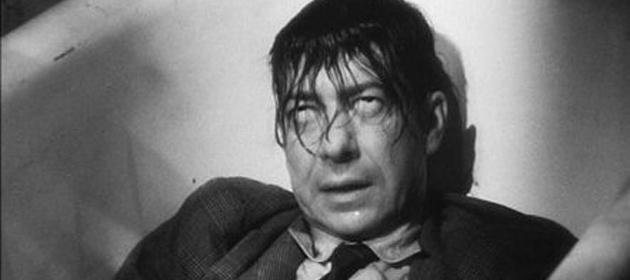
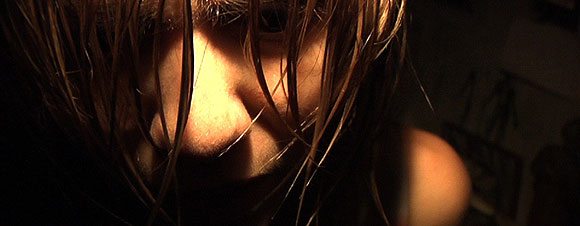
Comments